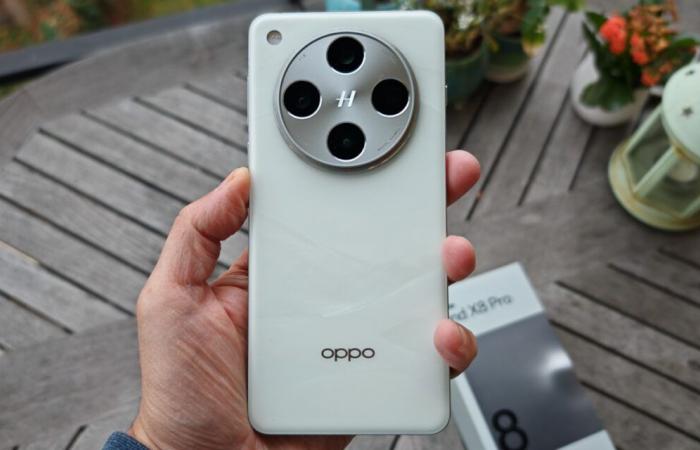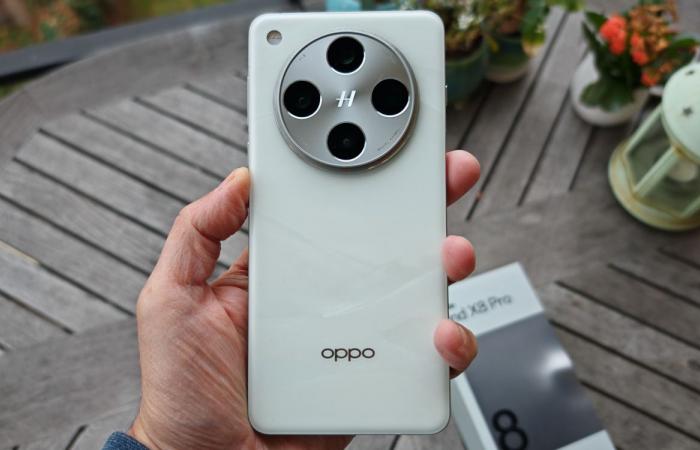A recent leak suggests that Oppo is preparing a major breakthrough in smartphone batteries. The Chinese manufacturer is reportedly working on a device equipped with a battery with an impressive capacity of 7,000 mAh, marking a new stage in the evolution of mobile batteries.
This innovation follows the progress already made with the Find X8 and Reno13 series, which recently broke the traditional 5,000 mAh mark thanks to silicon-carbon technology. According to a renowned tipster, Digital Chat Station, Oppo is currently developing two new batteries with enormous capacities.
The first would display a typical capacity of 6,285 mAh, while the second would reach 6,850 mAh. For marketing reasons, these values could be rounded to 6,410 mAh and 7,000 mAh respectively. These batteries would be compatible with Oppo’s SuperVOOC 80W fast charging.
Oppo wants to push the limits of the endurance of our mobiles
A more compact version of 6,300 mAh (6,140 mAh in typical capacity) would also be in development, potentially capable of supporting 100W fast charging, similar to that of the OnePlus 13. However, these new batteries could skip wireless charging, unlike current models which support 50W magnetic charging.
This development is part of a broader trend, as shown by the recent OnePlus Ace 3 Pro. The latter demonstrated that it was possible to integrate a 6,100 mAh battery into a thin chassis using Glacier Battery technology. This innovation uses a high-capacity silicon-carbon material to achieve an energy density of 763WH/L, which is 23.1% higher than traditional graphite batteries.
The first smartphones equipped with these record batteries could be mid-range models before being generalized to high-end devices. This cautious approach would allow Oppo to test and optimize the technology before expanding it across its entire lineup.
This development obviously responds to a growing need for autonomy, while processors are becoming more and more energy-hungry. If Oppo manages to maintain a compact design despite these larger batteries, this innovation could well revolutionize the autonomy of tomorrow’s smartphones. It now remains to be seen which models will benefit from it.







